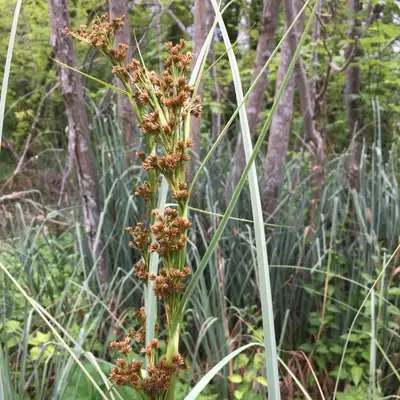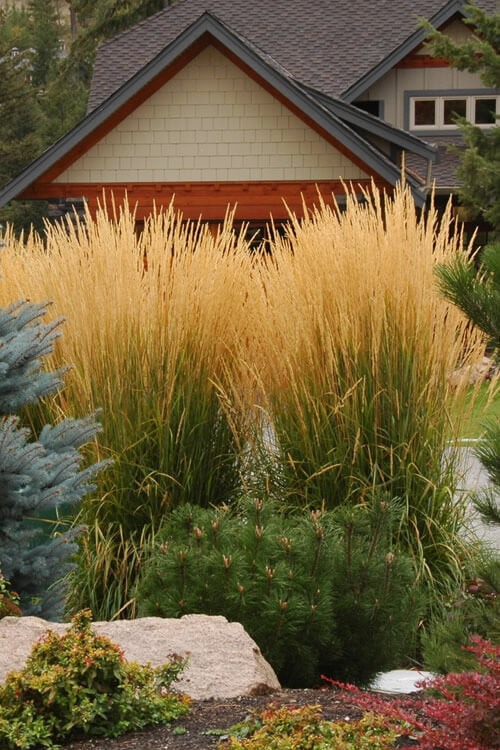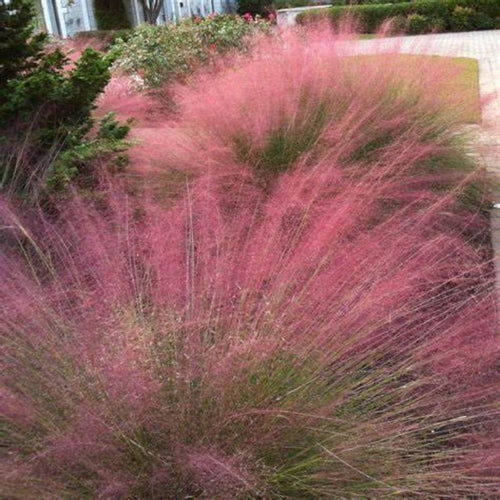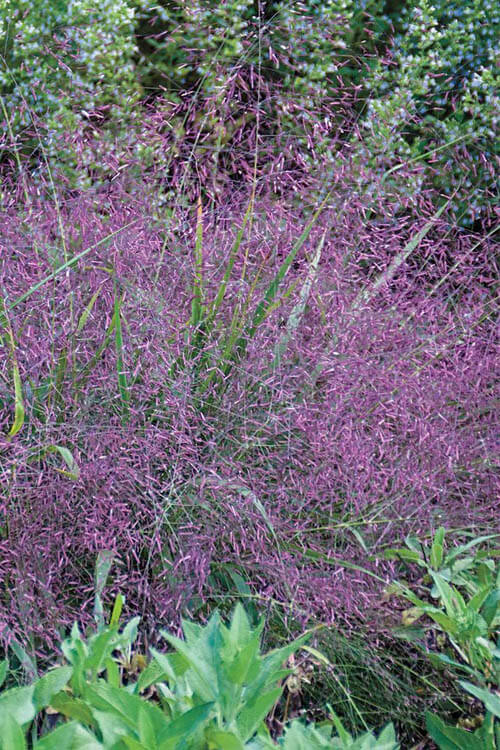Exploring the Mystique of Sawgrass: A Comprehensive Journey
Nestled within the intricate ecosystems of the Florida Everglades lies a remarkable plant species known as sawgrass. Often romanticized in literature and film, this resilient plant symbolizes the unique and fragile environment it inhabits. In this comprehensive exploration, we delve into the multifaceted aspects of sawgrass, uncovering its ecological significance, cultural symbolism, and scientific intrigue.

Ecological Marvel Of Sawgrass
Sawgrass is a remarkable perennial grass species scientifically classified as Cladium jamaicense. It is native to the wetlands of the southeastern United States, and it is particularly abundant in the vast expanse of the Everglades. The plant is named sawgrass because of the sharp saw-like edges of its leaves, which make it easy to distinguish from other grasses.
Sawgrass is a very tall plant, with some specimens reaching up to 10 feet. It dominates the landscape, forming expansive swaths of verdant marshland stretching as far as the eye can see. The foliage is long and narrow, with sharp borders that can effortlessly cut through human skin. Sawgrass has a complex root system that allows it to thrive in the wetlands of the southeastern United States. It will look great beside Chinese Silver Grass in your landscape.
The plant recreates a critical role in the Everglades ecosystem, providing habitat and food for diverse wildlife, including birds, reptiles, and mammals. Sawgrass also helps to filter and purify the water that flows through the wetlands, making it an essential component of the region's delicate ecosystem.
The ecological role of sawgrass transcends mere aesthetics; it serves as a cornerstone species within the Everglades ecosystem.
Its dense root system anchors the fragile peat soil, preventing erosion and stabilizing the wetland habitats. Moreover, sawgrass is crucial in water filtration, absorbing excess nutrients and pollutants from the surrounding environment. As a primary producer, it provides sustenance and shelter for diverse wildlife, including wading birds, fish, reptiles, and invertebrates, thus supporting the intricate web of life that thrives within the Everglades.
Cultural Symbolism Sawgrass
Sawgrass is a plant that holds not only ecological but also cultural significance. It is deeply intertwined with the history and identity of the Everglades region. For centuries, indigenous communities such as the Miccosukee and Seminole tribes have held sawgrass in high regard as a symbol of resilience and adaptation. They have utilized its versatile fibers for weaving traditional crafts, constructing thatched roofs, and fashioning tools and utensils, thereby forging a profound connection with the natural world.
Sawgrass is a vital component of the Everglades ecosystem, providing a habitat for various wildlife species. It acts as a natural filter, purifying the water that flows through it and maintaining the ecosystem's delicate balance. This plant also serves as a food source for grazing animals such as deer and rabbits.
Moreover, sawgrass plays a significant role in the cultural heritage of the indigenous communities. It symbolizes their connection to the land and their way of life. They can create unique and beautiful crafts that reflect their culture and traditions using sawgrass. The fibers of sawgrass are solid and durable, which makes them ideal for weaving baskets, hats, and mats. The thatched roofs of traditional Seminole homes are also made from sawgrass.
In conclusion, sawgrass is not just a plant but a symbol of the Everglades region's rich cultural heritage and ecological importance. Its versatile fibers have been used for centuries by indigenous communities, who deeply respect and connect with the natural world. Furthermore, sawgrass has captured the imagination of artists, writers, and filmmakers, who have immortalized its mystique in various forms of creative expression. From the evocative brushstrokes of the Florida Highwaymen painters to the haunting melodies of folk songs, sawgrass serves as a recurring motif, stimulating a feeling of memories and reverence for the untamed beauty of the Everglades.
Sawgrass, a ubiquitous plant, fascinates scientists and researchers who aim to unravel its complex biological mechanisms and adaptive strategies. Current studies have shed light on the remarkable ability of sawgrass to thrive in harsh and fluctuating environmental conditions, including prolonged flooding, drought, and nutrient-poor soils.
With the help of cutting-edge techniques such as genomic sequencing and ecological modeling, scientists are delving deeper into the genetic blueprint of sawgrass. They hope to gain valuable insights into its evolutionary history and environmental resilience by analyzing its genetic makeup.
Furthermore, researchers are investigating the ecological significance of sawgrass in its habitat. They are studying how it interacts with other species and influences the ecosystem.
A great plant to pair this with is Purple Love Grass
Overall, the study of sawgrass has the potential to reveal important information about plant adaptation, resilience, and ecological significance.
Moreover, sawgrass is a sentinel species, offering valuable indicators of environmental health and ecosystem dynamics. By monitoring changes in sawgrass distribution, biomass, and physiology, scientists can assess the impacts of climate change, habitat degradation, and invasive species on the Everglades ecosystem, informing conservation efforts and resource management strategies.

Challenges and Conservation For Sawgrass
Despite its resilience, sawgrass faces many threats that jeopardize its long-term survival. Human actions such as urbanization, farming expansion, and water diversion have altered the natural hydrology of the Everglades, disrupting the delicate balance upon which sawgrass depends. Furthermore, invasive species such as melaleuca and Old World climbing fern pose significant challenges, out-competing native vegetation and encroaching upon sawgrass habitats.
In response to these threats, concerted conservation efforts are underway to safeguard the future of sawgrass and the Everglades ecosystem. Initiatives such as habitat restoration, invasive species management, and water conservation seek to mitigate human impacts and restore the natural resilience of the wetlands. Additionally, public outreach and education programs aim to foster greater awareness and appreciation for the ecological importance of sawgrass, inspiring collective action and stewardship.
In conclusion, sawgrass stands as a symbol of resilience, adaptation, and interconnectedness within the intricate tapestry of the Everglades ecosystem. From its ecological marvels to its cultural symbolism and scientific intrigue, sawgrass embodies the essence of this unique wilderness, captivating the imagination of generations past and present. As stewards of the natural world, we must protect and preserve the legacy of sawgrass for future generations, ensuring that its storied legacy endures for centuries to come.




















































